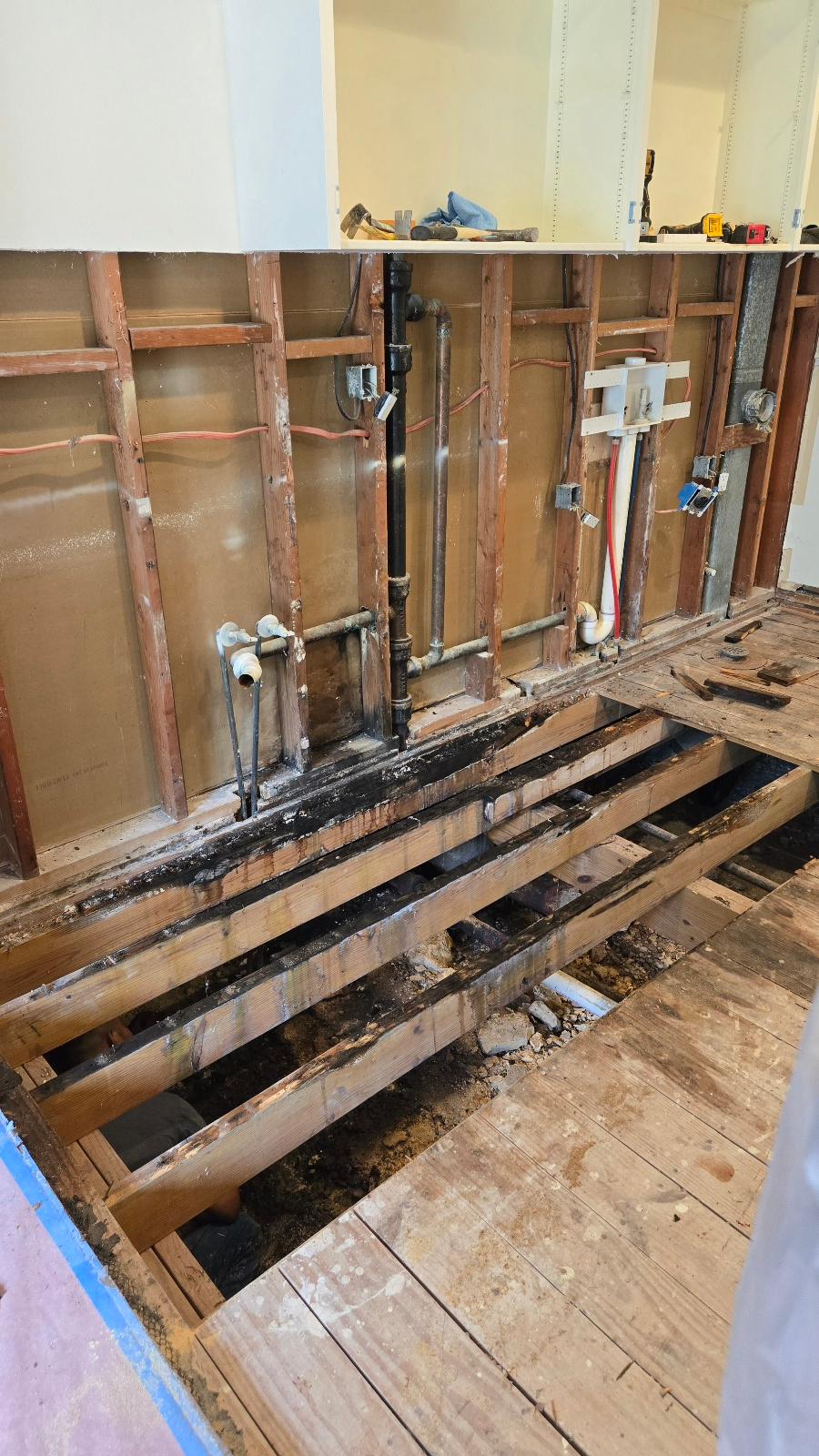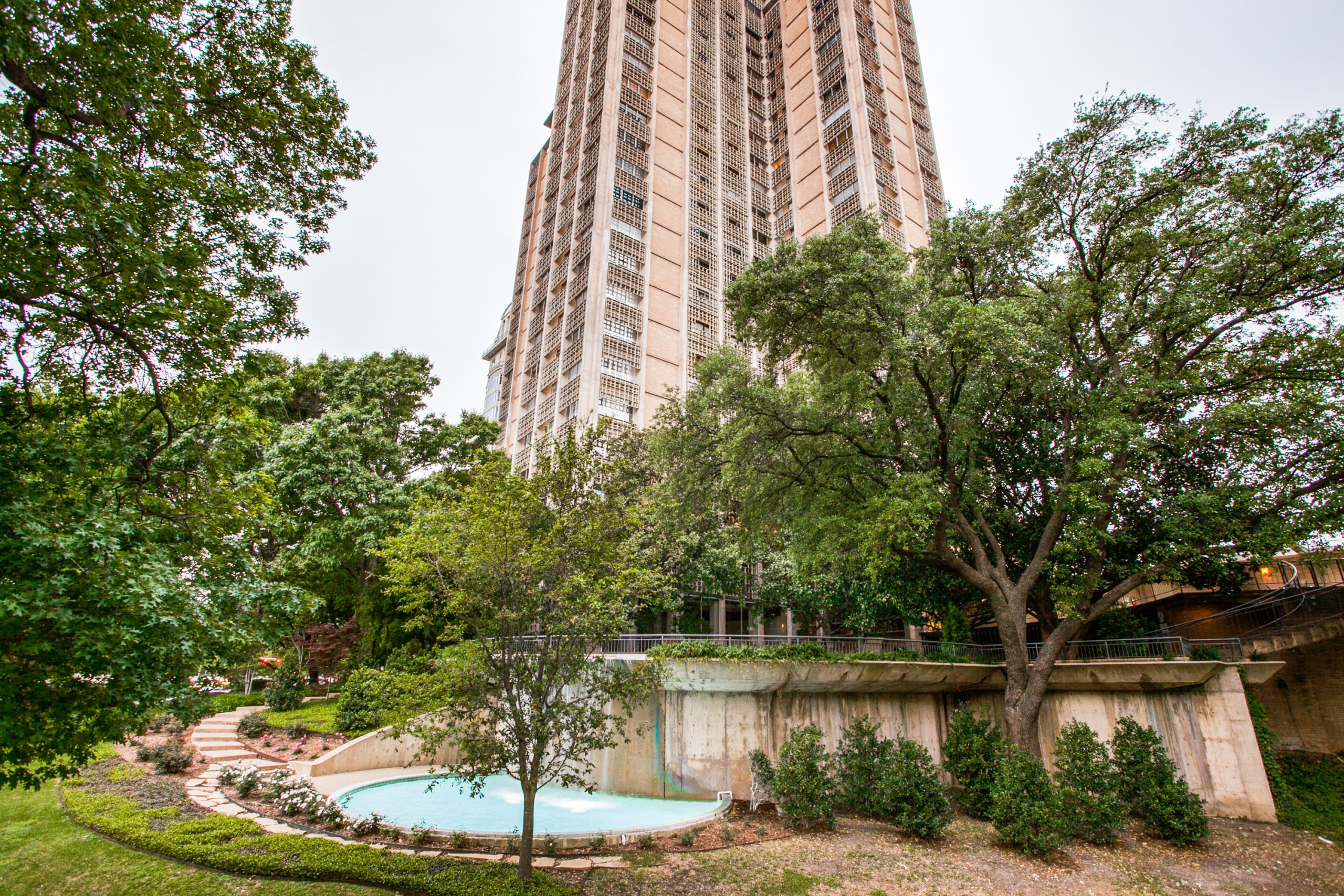I read a quote by Michell C. Clark that felt like it was written just for me:
“You’re overthinking because you really care what happens next, you don’t want to fail, and you don’t want to let people down. But no amount of planning, worrying, or over-analyzing can give you control over what happens next. Breathe. Loosen your grip. Experience life as it comes.”
I’m definitely an overthinker.
I care deeply. I want to get it right.
And when I feel like I’ve said or done something silly—or worse, offensive—I replay it over and over.
If I make a mistake during a real estate transaction, I carry it. I analyze it. I beat myself up.
Until I can finally face the now… and move through it.
But here’s what I’m learning:
Overthinking is a sign of caring.
It’s not weakness—it’s sensitivity.
And while it’s okay to care, it’s also okay to let go.
We don’t need to control life—we need to allow it because vulnerability is courage!
The present moment is where peace lives.
In real estate, things go wrong.
Deals fall apart. Miscommunications happen.
But the best agents—and the best people—learn to breathe through it.
To respond with grace.
To forgive themselves and move forward.
So, if you’re like me—if you care deeply, think too much, and sometimes hold on too tightly—just remember:
You’re doing your best.
You’re learning.
You’re growing.
Loosen your grip.
You’re doing just fine.

 Facebook
Facebook
 X
X
 Pinterest
Pinterest
 Copy Link
Copy Link











